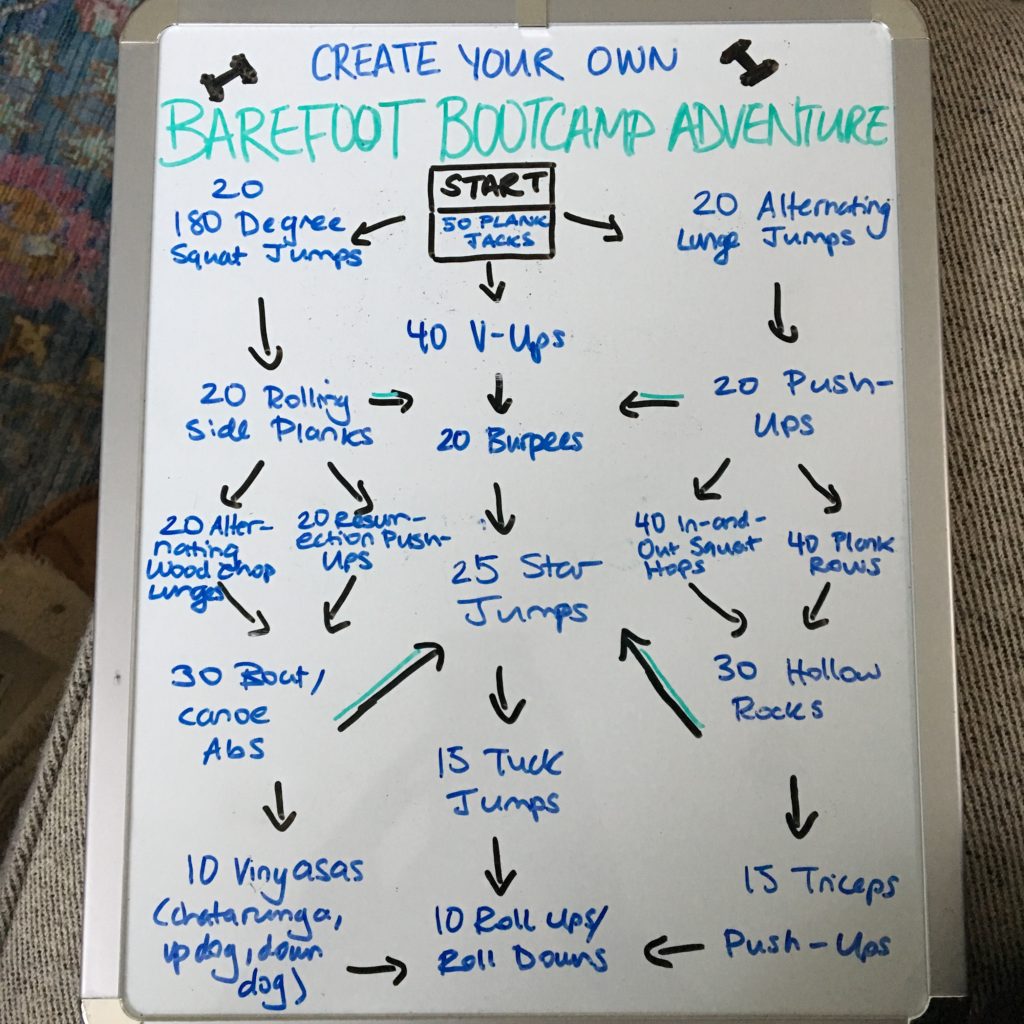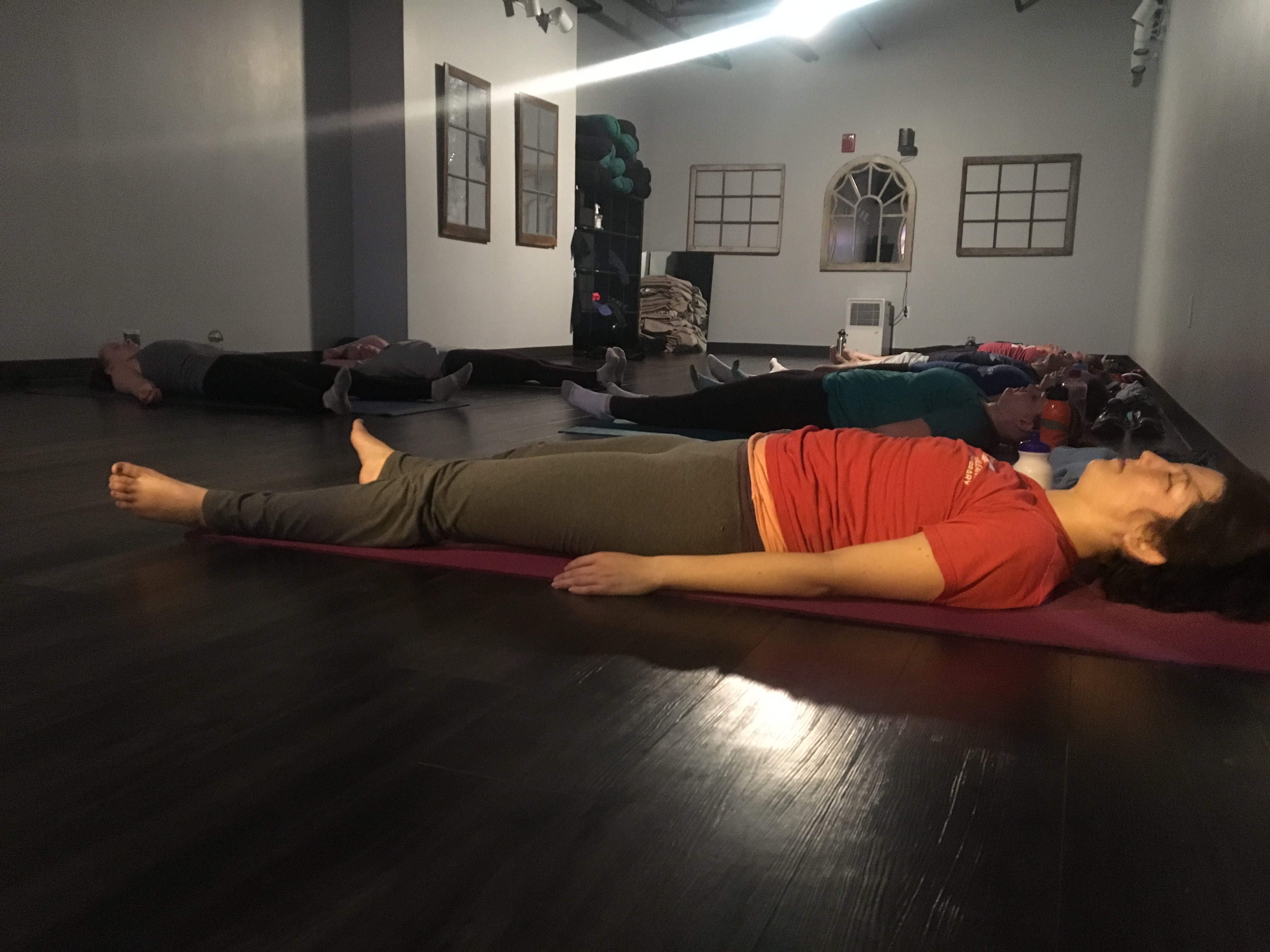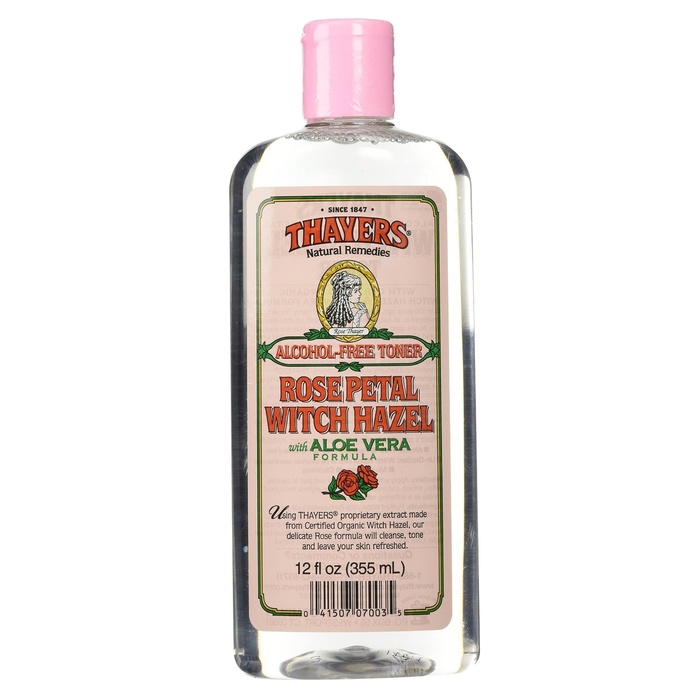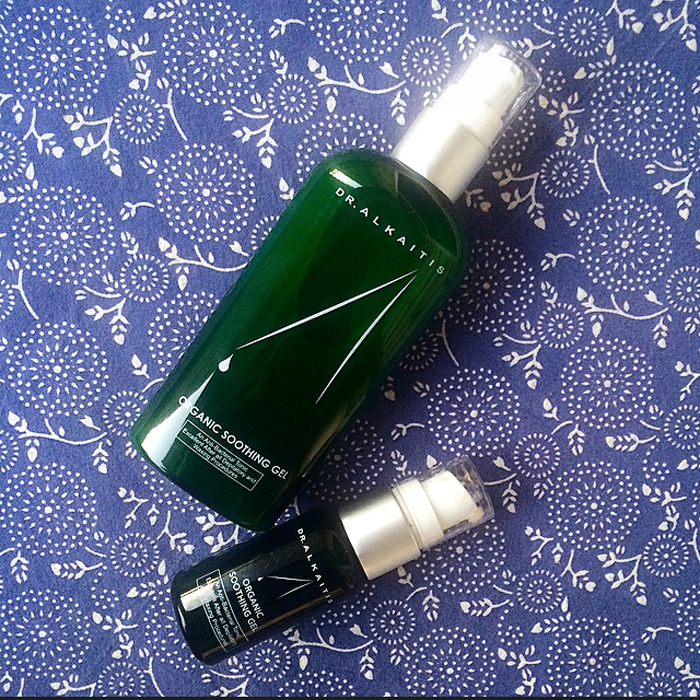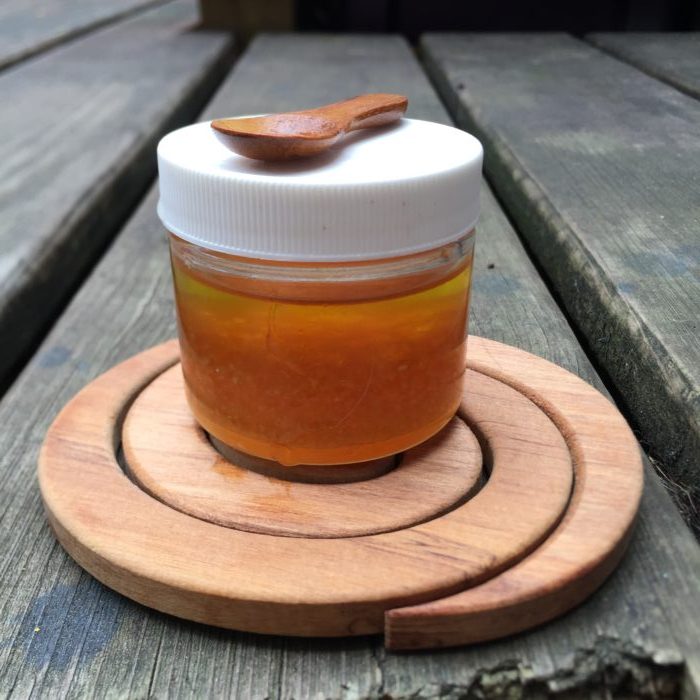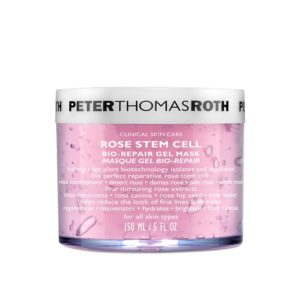Do you eat right? Exercise? Take moments to pause, breathe and reduce stress? If so, you’re doing just about everything right to lead a healthy lifestyle. A well-balanced diet full of fruits and veggies and low on junk food combined with movement and meditation are all key components to overall wellness.
One area that most of us neglect, however, are the products we put on our skin. Like our stomach, intestines and liver, our skin is an organ and it too can benefit from a little detox every now and again. The best part about detoxing your beauty regimen is you’ll save a lot of money—makeup and spa products are expensive!
Today, you’ll learn how easy it is to make an all-natural, age-defying spa treatment at home using ingredients you likely already have in your kitchen or pantry.

This DIY remedy’s active ingredient is coffee. Coffee is not only loaded with free radical-fighting antioxidants—those are the pests that lead to drooping skin and age-related disease—but the caffeine in it acts as an anti-inflammatory and may even lessen the appearance of cellulite. Three cheers for that!

It’s so simple to make your own age-dying coffee scrub at home, and here’s how to do it:
MOARfit DIY: Age-Defying Coffee Sugar Scrub
What You’ll Need:
- A mason jar-or any other air-tight container
- 1/2 cup coffee grounds
- 1/4 cup granulated raw cane sugar
- 2 Tbs raw honey
- 1 Tbs ground cinnamon
- 1/4 cup coconut oil, softened—you can also use sweet almond oil
How to Make It:
Combine all ingredients in your mason jar, stir well and close the lid until you’re ready to use it.

To Use:
Scoop out a small amount and rub it onto your skin, massaging the area thoroughly to increase circulation. Let it sit for a few minutes then hop in the shower to rinse off. You can do this daily on the body, and once or twice a week on the face.
Have another favorite DIY beauty remedy? I’d love to learn about it. Start a conversation on Twitter @MOARfit or find me on Facebook.
